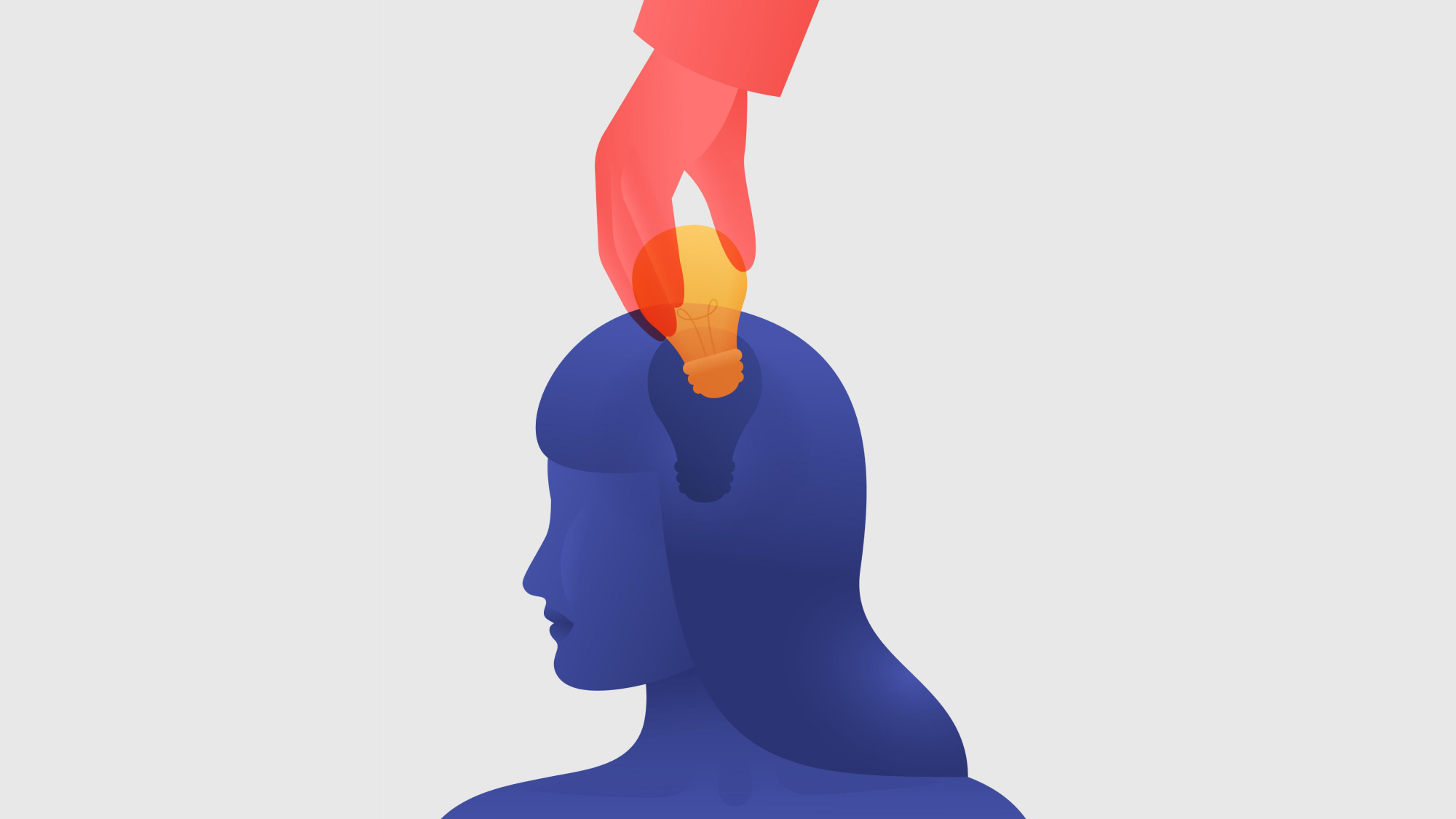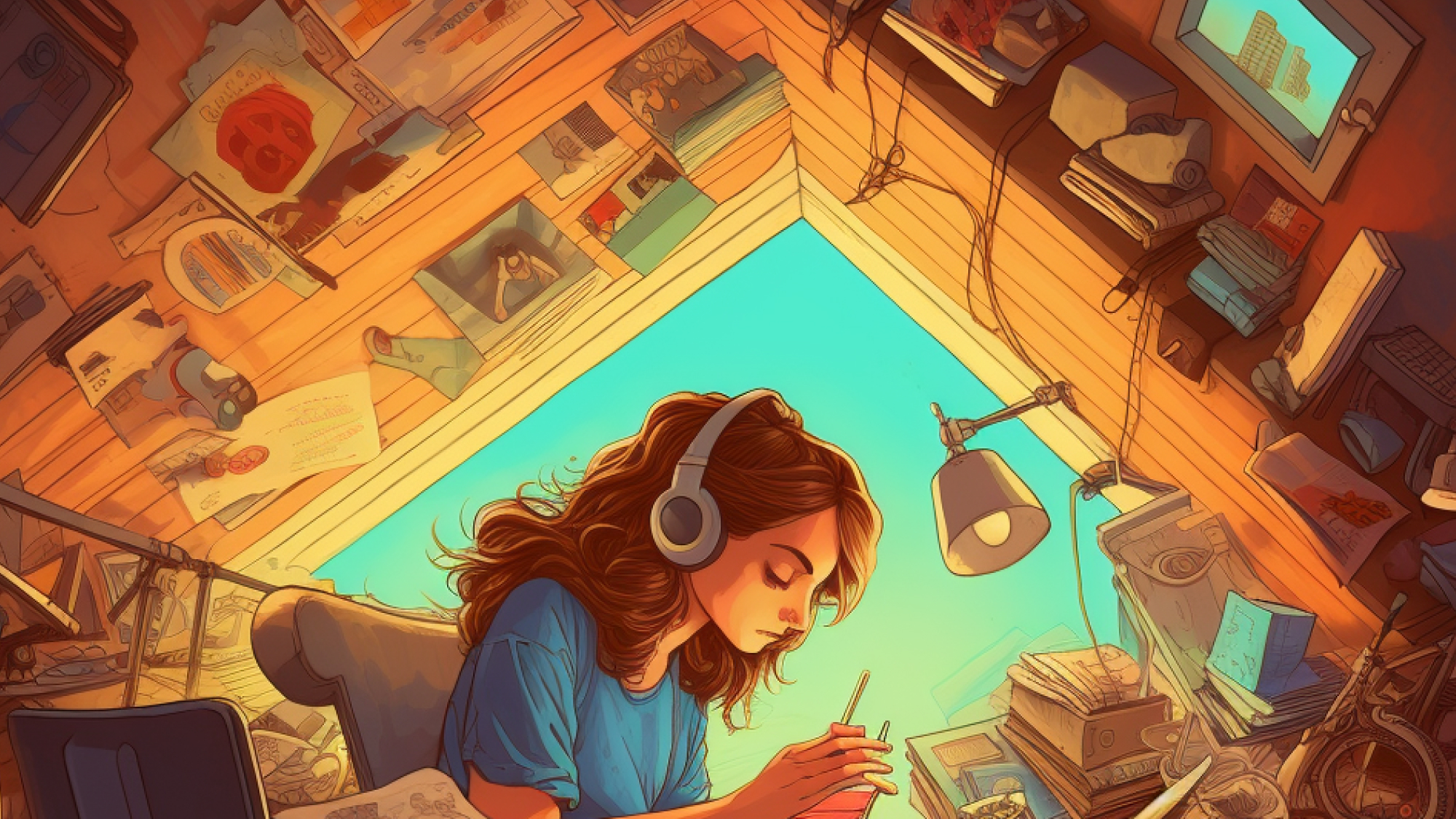
You sit in your room, idling through your thoughts.
A distant tune shapes in your head or an innovative idea passes through your head.
You’re inspired by the sheer genius of your thoughts, overwhelmed by the rush of creativity. You sit down to jot the ideas down and reflect on the beauty of what you’ve written, recorded, and/or created.
You think to yourself: ‘I’ve never seen anything else like this.’
Or at least that’s what you tell yourself. But one question you might be failing to ask yourself in all of this hype and glory is whether this idea or thought is truly yours and new?
What is the Cryptomnesia effect?
Cryptomnesia is when we think an idea or thought is new or original when in truth it is nothing more than a forgotten memory of something we’ve come across once before.
Unbeknownst to ourselves, we see these potential new ideas as inspiration, perhaps even going as far as non-deliberately plagiarizing, yet not knowing ourselves that it was a long-forgotten memory.
Cryptomnesia may manifest itself as copying ourselves or others, but the key point here is that it is largely unintentional in nature.
Where it comes from
The word cryptomnesia comes from the Greek term cryptos, meaning hidden or concealed, and ‘mnesia‘, which means memory.
The concept was first documented in the late 1800s, as psychiatrist Theodore Flournoy referred to cryptomnesia when speaking on a Swiss medium named Helene Smith and her out-of-this-world ‘Martian’ writings:
“latent memories on the part of the medium that come out, sometimes greatly disfigured by a subliminal work of imagination or reasoning, as so often happens in our ordinary dreams.”
Many psychologists thereafter have mentioned cryptomnesia existing across many talented pieces of art, where they assumed the originality of many inventions, writings, and other known works may have stemmed from forgotten memories of other people’s work or perhaps even their own.
As famous behavior psychologist B.F. Skinner once noted his acts of self-plagiarism,
“One of the most disheartening experiences of old age is discovering that a point you just made—so significant, so beautifully expressed—was made by you in something you published long ago.“
— B.F. Skinner
There have been countless studies that have demonstrated cryptomnesia, whether it’s plagiarism with puzzle tasks or brainstorming sessions.
In one seminal study, participants were asked to generate a list of ideas in words or drawings of a given category (eg: types of birds, cars, etc). These subjects took turns generating examples of the categories. They were then asked to recall the examples conceived, with clear instructions to not bring up anything that another subject had jotted down. After this, they were then asked to generate additional examples for this category, once again not repeating or stating what had already been mentioned.

In the second and third tests, the results showed that a majority of the participants (70-75%) had unintentionally plagiarized at least one item from the list, recalling and generating examples that were believed to be of their own, but in fact, was an idea already jotted by someone else or from self.
They found that this pattern of plagiarism often occurred with writing, more than speaking. Moreover, this tends to be more prevalent with ideas that are seen or heard more frequently. In other words, the more we see or hear a given image, text, or tune, the higher the likelihood we may ‘copy’ it unconsciously and unintentionally, taking parts of what we saw or heard and shaping it as ‘ours.’
Why it happens
With so many thoughts and ideas passing through our minds on a daily basis, it’s inevitable for cryptomnesia to occur. And with so much information flooding our memories every day, especially in a content-saturated, creative environment like the Internet, we are all guilty of cryptomnesia at some point, susceptible to fall victim to this bias.
One key explanation for why cryptomnesia happens is due to something called source-monitoring error. This is when our brains fail to register or attribute a source of information properly during the process of filtering the information into our brains. Our visual and auditory senses are constantly processing everything around us. The amount of ‘data’ our brain consumes is huge.
In order to prevent cognitive overload, our brains go through a process known as selective filtering. It does this to help us pay attention to things, processing what it deems as important and ‘throwing away’ those marked as unimportant.
As such, while the brain may process the details of something we saw, things like the source of the information may be filtered out, thus leading us to believe that a given idea is ‘original’ or ‘new.’
How we can prevent it
Deluged by information every day, how can we go about preventing cryptomnesia?
According to psychology professor Joshua D. Landau of York College of Pennsylvania, being more conscious in our review process of the information materials can help to reduce the occurrence of cryptomnesia by two-thirds.
Take some time to think about the information or idea may have derived from. Professor Landau states,
“Ask yourself: ‘Where did I get this information from? Is it mine? Did I borrow it from someone else? Have I accurately shared the source?’ ”
We live in a world where exabytes of data are being made. With so much data out there, it’s hard to pay attention and keep track of where and how we saw what.
Naturally, cryptomnesia is bound to occur in all of us. Our brains, after all, are not computers.
But like any cognitive bias out there, by being more conscious of it happening and asking ourselves more reflective questions like the ones proposed above, we can at least hope to be a bit more conscious of the works we dare to create.










